Neoprene mat, cloth coated
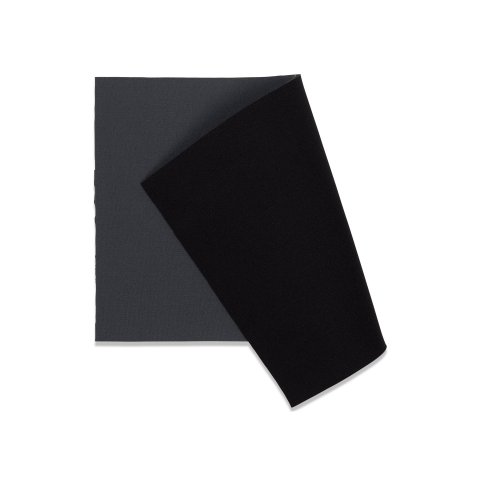
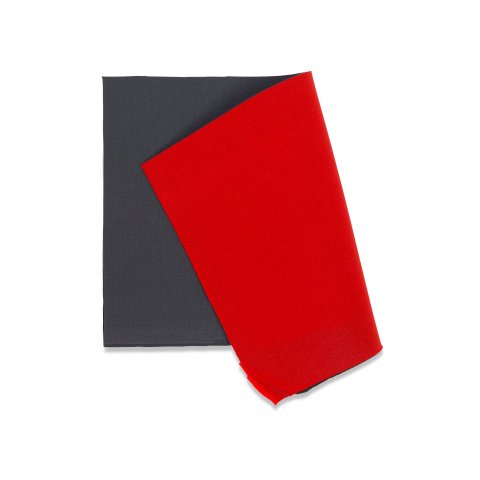
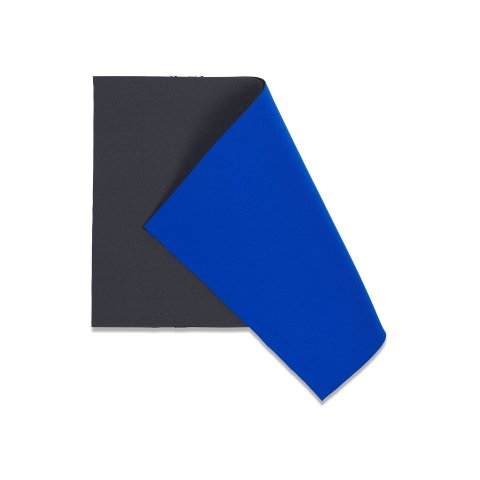
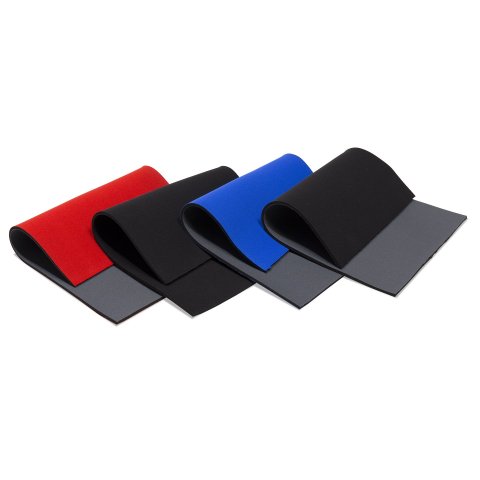
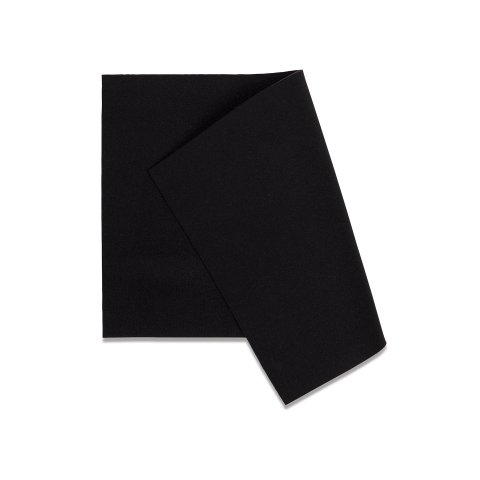
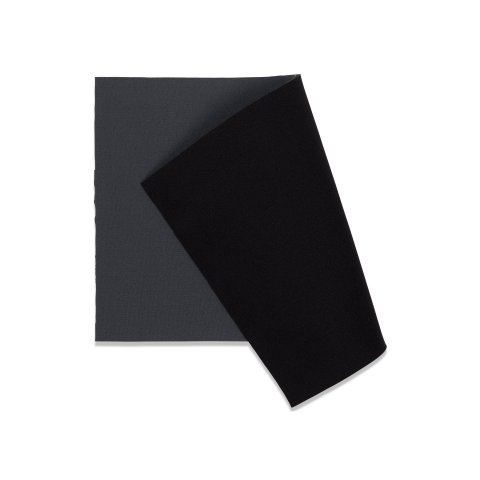
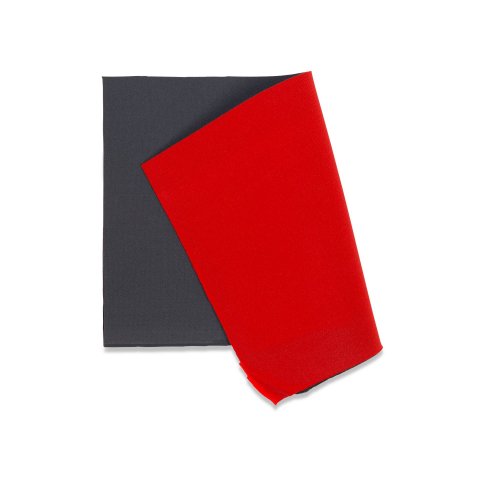
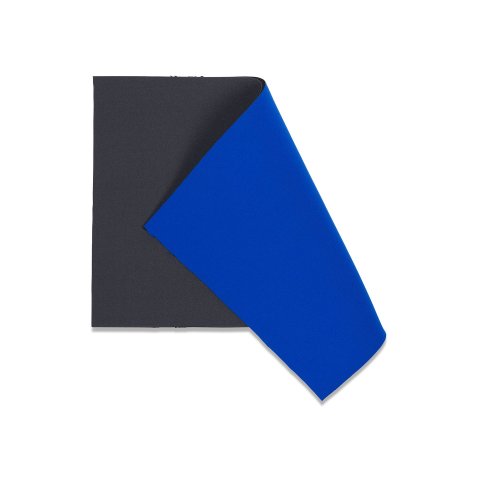
| Location in Store | EGM55B |
|---|---|
| Article No. | 3002663 |
synthetic rubber foam based on chloroprene (CR), closed-cell, black, quality S (good malleability, hard-wearing, compact), density: 245 kg/m³, both sides laminated with nylon-/polyester jersey, dimensions +/- 5%
Neoprene is a chloroprene-based synthetic caoutchouc foam. Through the mechanical kneading and rolling of different types of caoutchouc together with additional components, a compound is created which is subsequently vulcanized in a multi-stage compression and extrusion process into a compact block. After an appropriate amount of storage time, it is then cut into layers in the desired thicknesses. The final stage consists of a surface treatment (e.g. stamping) or a covering with various textiles.
Attributes: This foamed material is very elastic and consists of up to 95% closed gas cells which means that it has excellent heat insulation qualities. But beyond that, neoprene is notable for its multiplicity of unique attributes. The most notable are: resistance to weather, ozone, sea water, as well as many chemicals and fungi; it is tear and abrasion proof, has high ductility and impact elasticity, adheres well, has very low gas permeability and is very compatibil with human skin.
Applications: The “S” version of neoprene that Modulor has in stock is of a standard quality which is very ductile but nonetheless hard-wearing. With the standard nylon-polyester jersey coating that we have on offer, this neoprene is the same one used in the production of diving or cold-protection suits, bandages and other protective materials, packaging as well as boot lining. In addition, the fabric-coated neoprene is an especially good material for making protective covers and pouches (e.g. for notebooks or mobile phones) as well as backpacks and other accessories.
The thickness of the material produced at the factory is predicated on the amount of heat insulation desired. Thick neoprene is a better insulator but is not as ductile and has a greater buoyancy (divers must consider this fact!). The uncoated neoprene has closed, smooth caoutchouc surfaces. This version is suitable for use as sealing strips within a neoprene suit.
Treatment: Neoprene can be die-cut or punched and normal cutting can be done with a blade or shears. Gluing of the material should be done with elastic contact adhesives. In the production of neoprene suits the material is also glued edge to edge.
Free standard delivery within Germany and free collection from Modulor in Berlin for orders over 89 €.
5,95 € shipping costs, if order value is less than 89 € (DE)
2,95 € for pick-up at the store in Berlin, if order value is less than 89 €
Express and forwarding shipping
From 19 € express surcharge you will receive your order particularly quickly with standard shipping within Germany.
From 69€ is the cost of shipping within Germany. You can recognize articles with forwarding shipping in the store by the truck symbol .
Especially for Berlin
From 34.90 € courier shipping for standard and forwarding goods.
- Free returns for standard shipping within Germany
- Extended, voluntary return policy of 30 days for complete, undamaged goods in their original packaging
- You are responsible for the cost of returns for forwarding goods and returns from a country outside Germany
Excluded from returns
Excluded from returns are sections of rolled goods, cut-to-size pieces and other goods made especially for you, as well as used goods, newspapers, magazines and periodicals, Modulor vouchers and items that we do not carry in our range but have ordered at your request.
Good to know: The furniture variants in our configurators that can be delivered quickly are not cut to size, but standard formats that can be returned.
Prinzenstr. 85
10969 Berlin
Germany
info@modulor.de